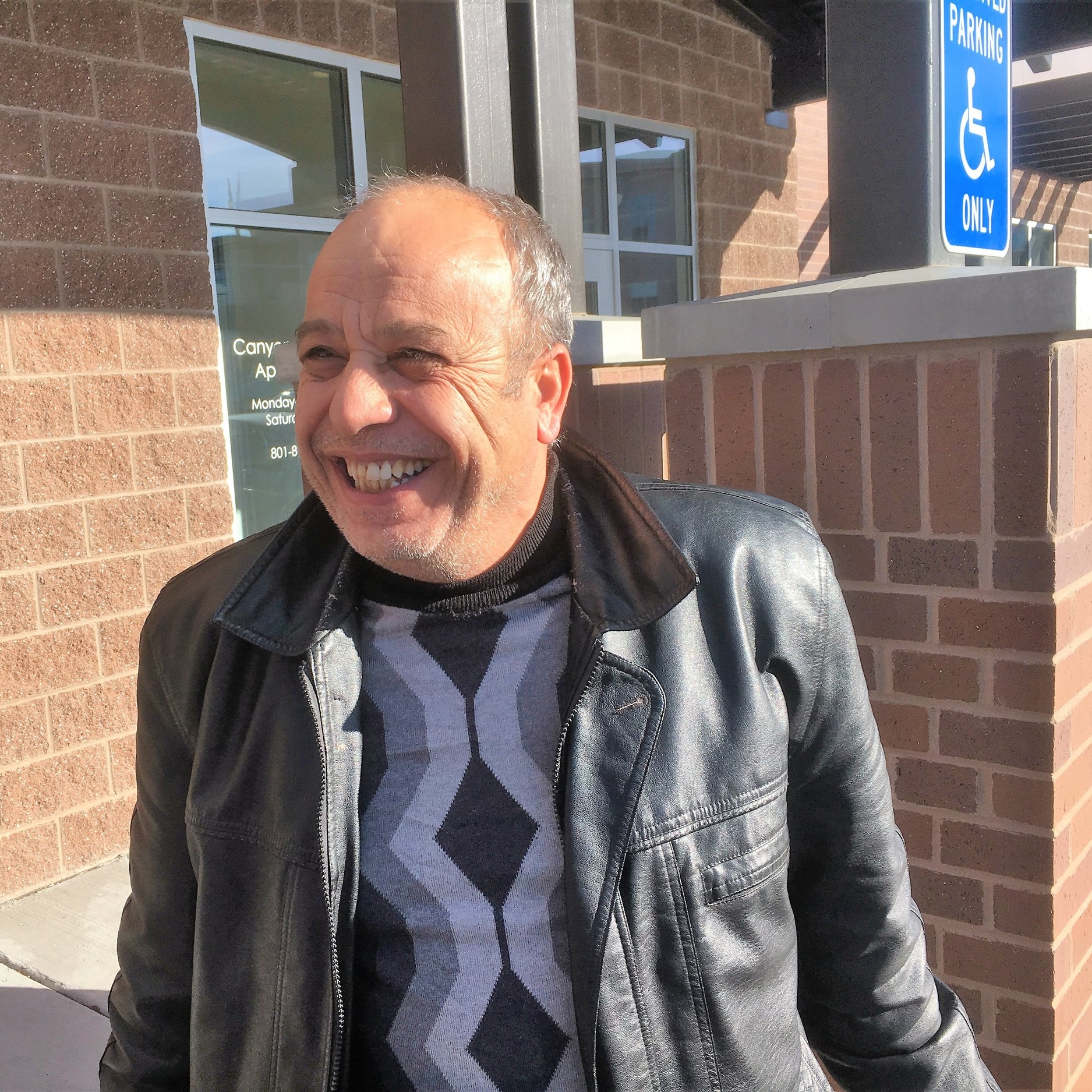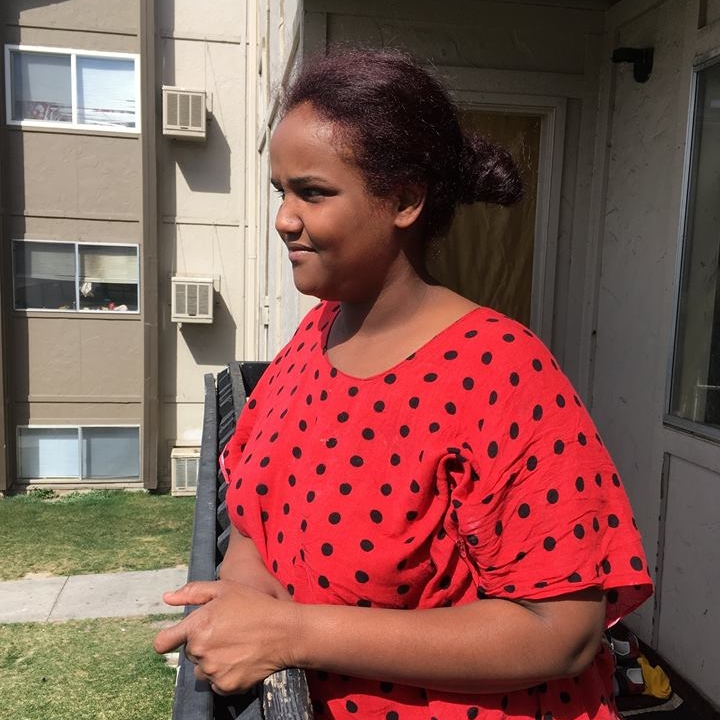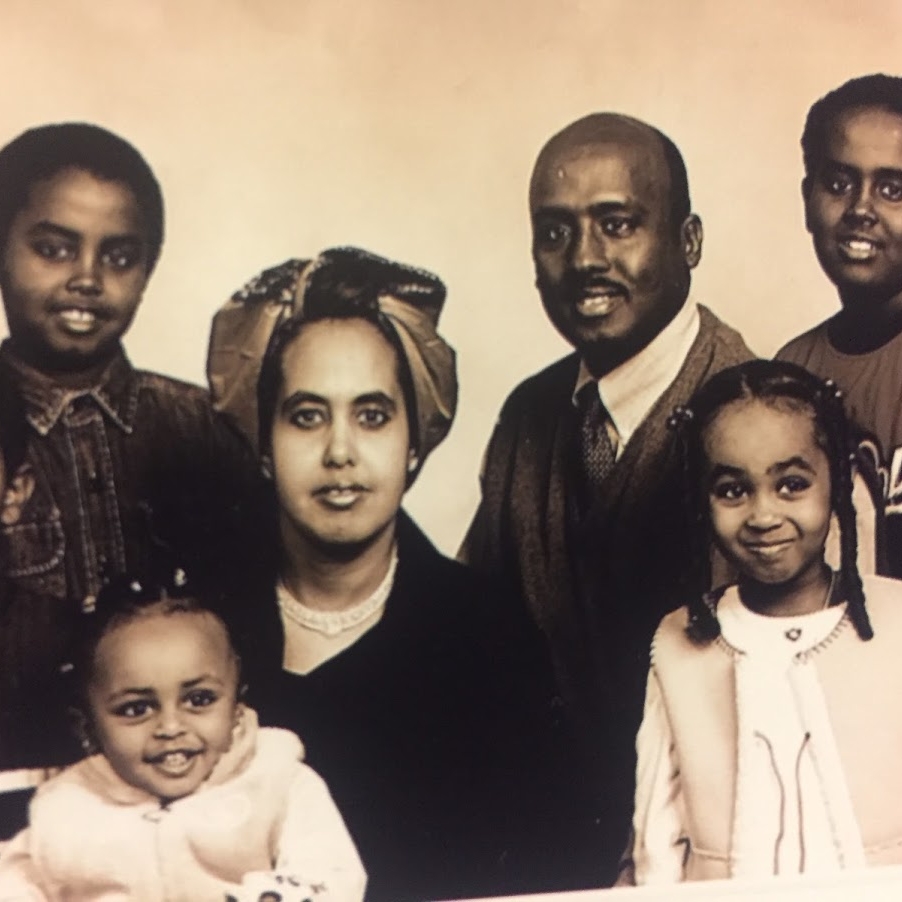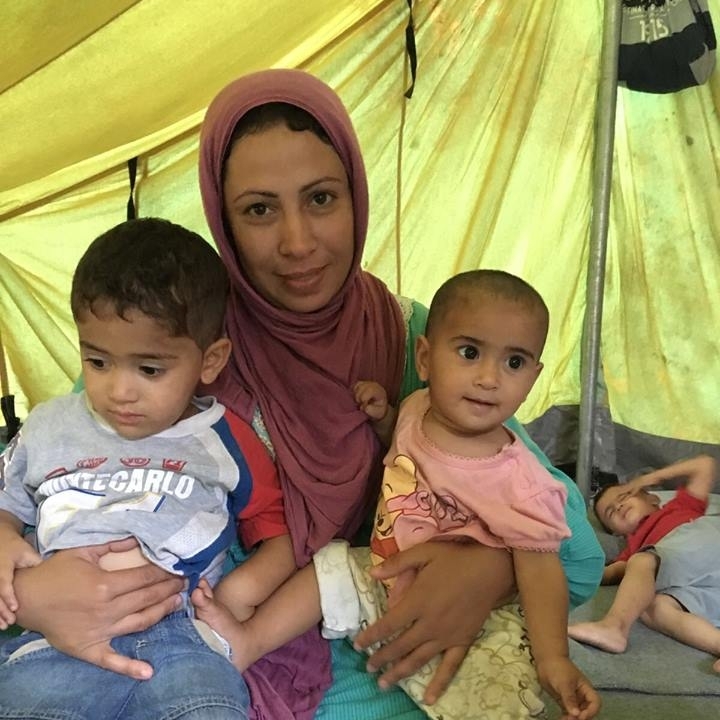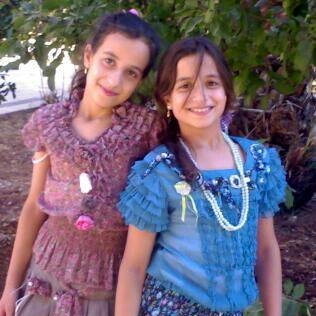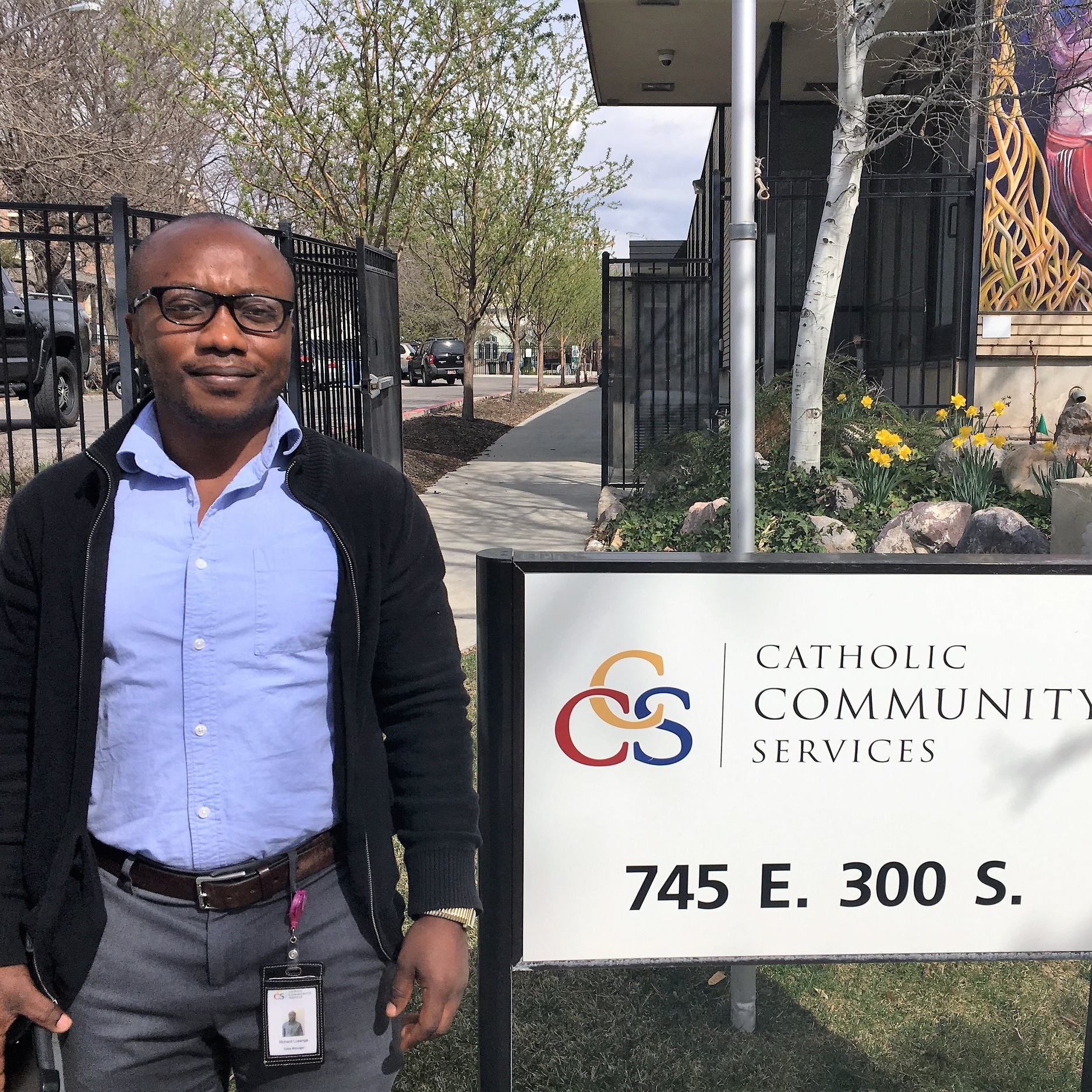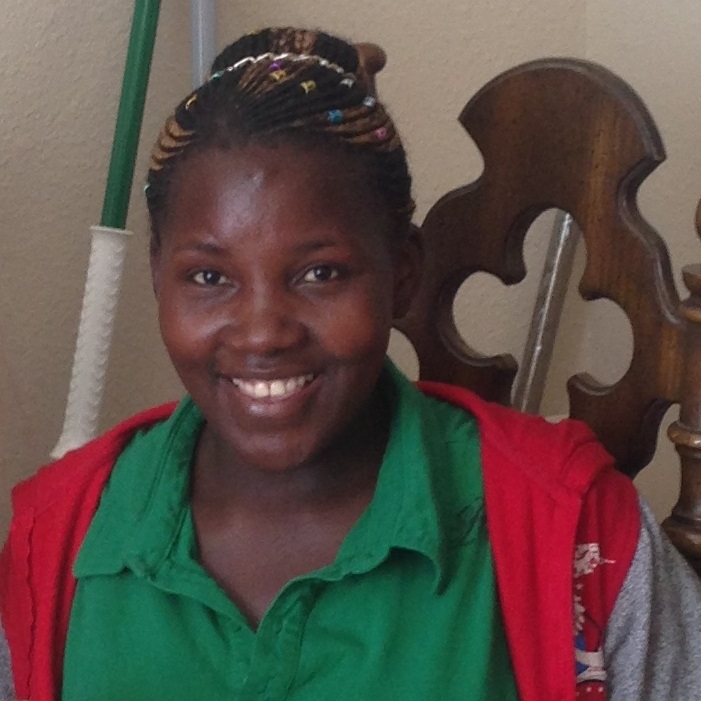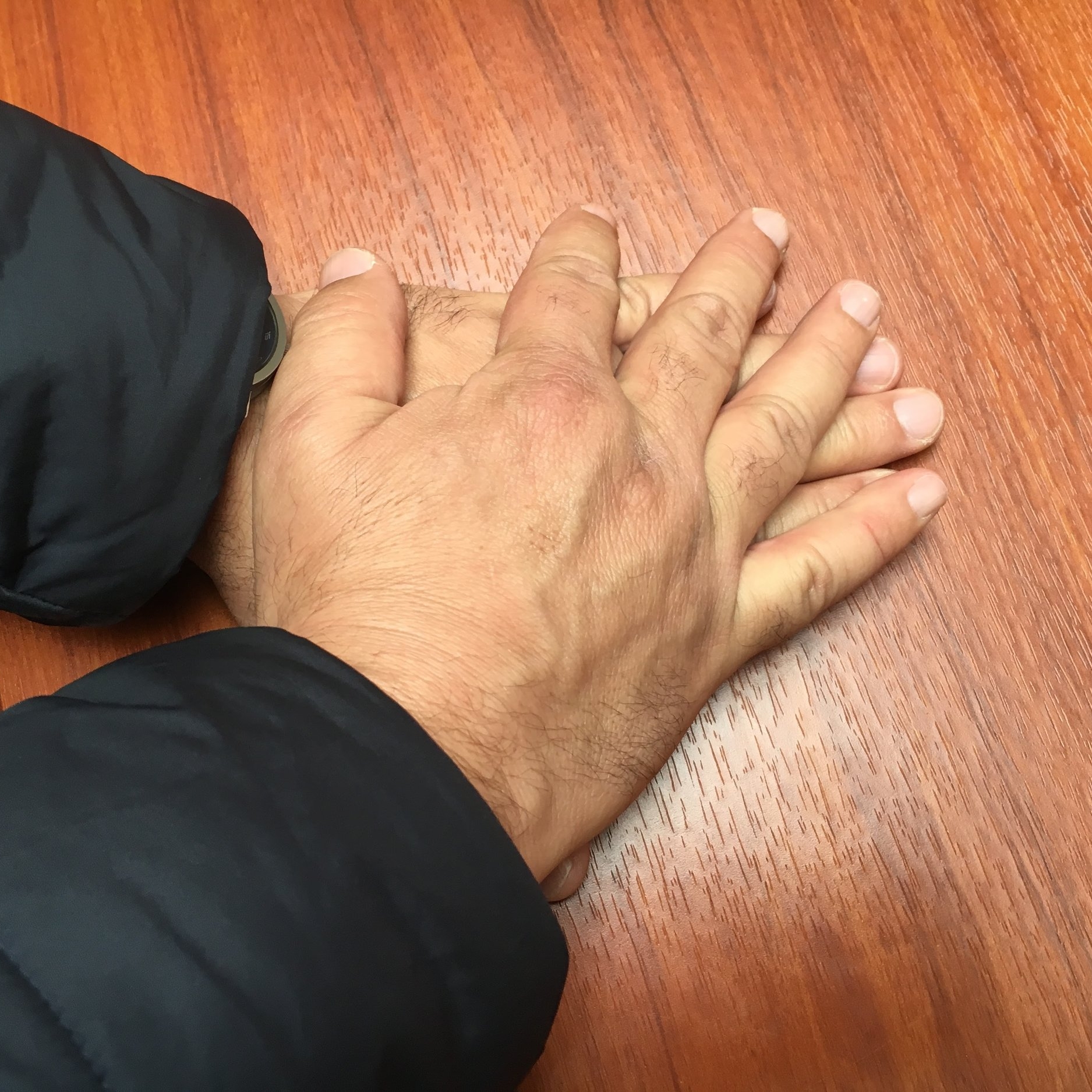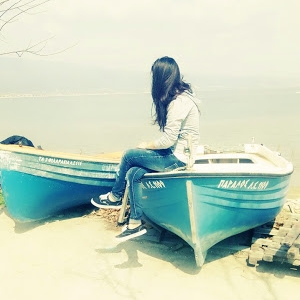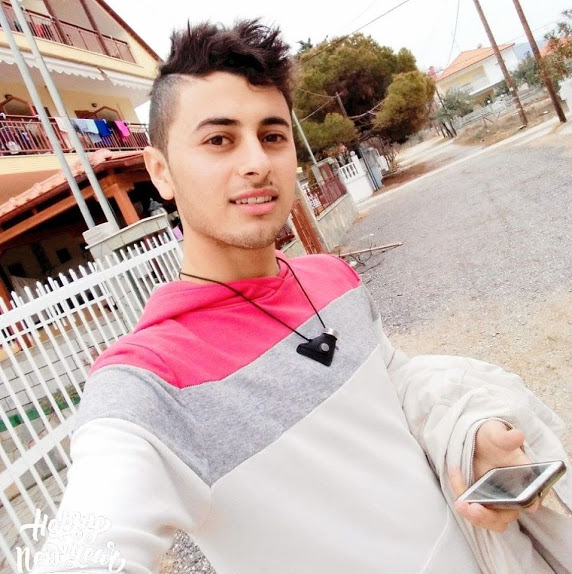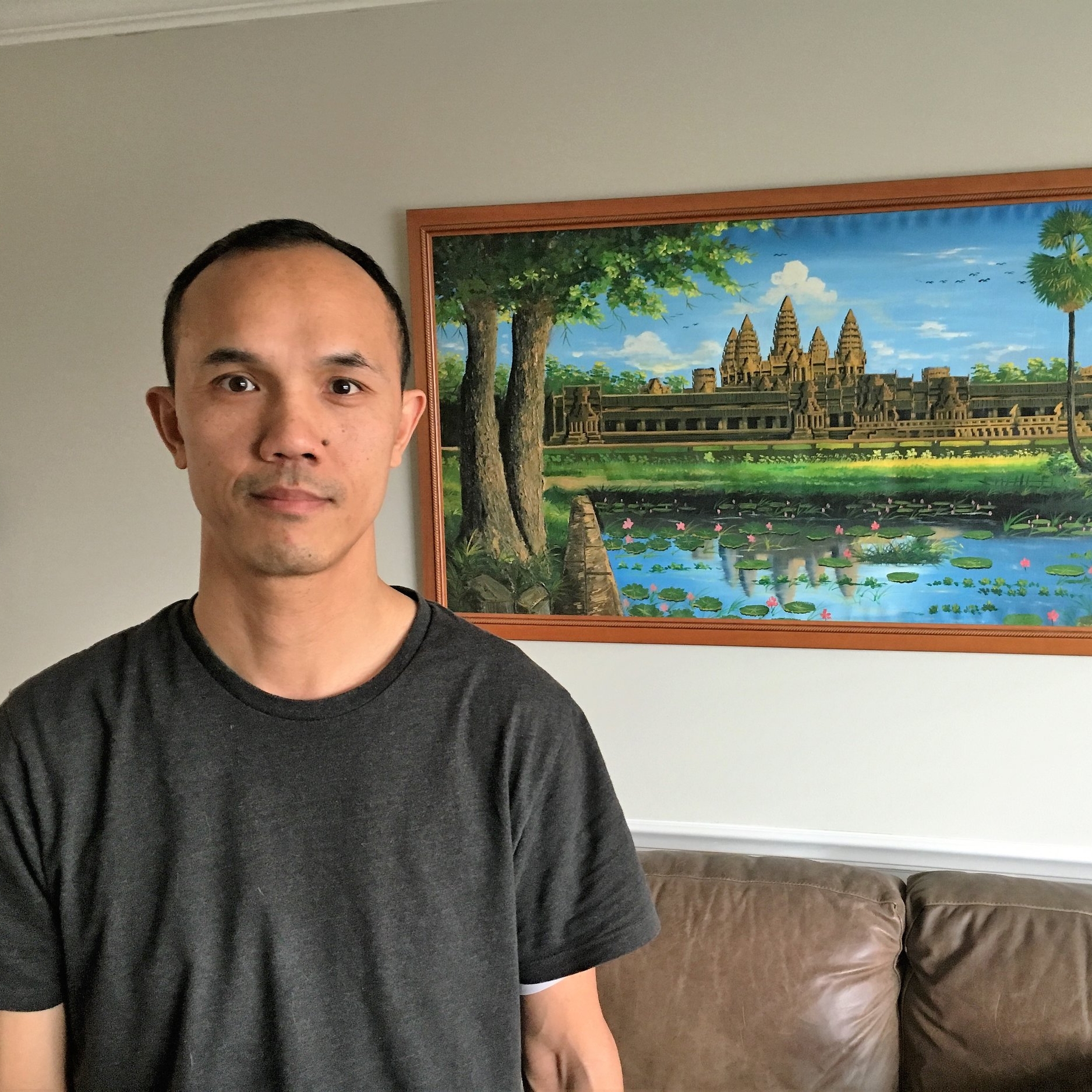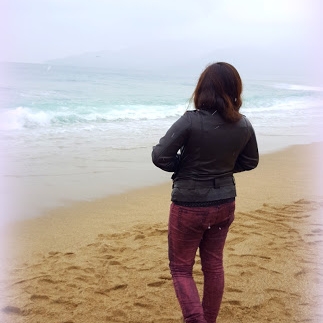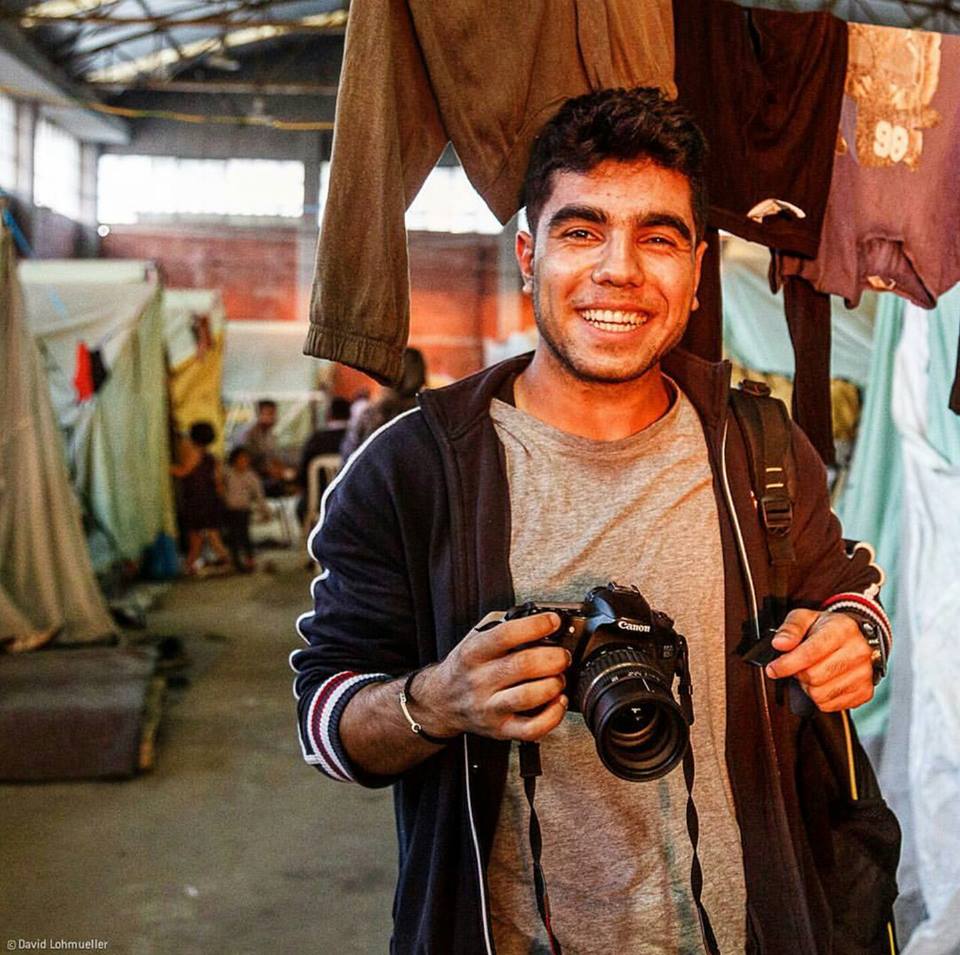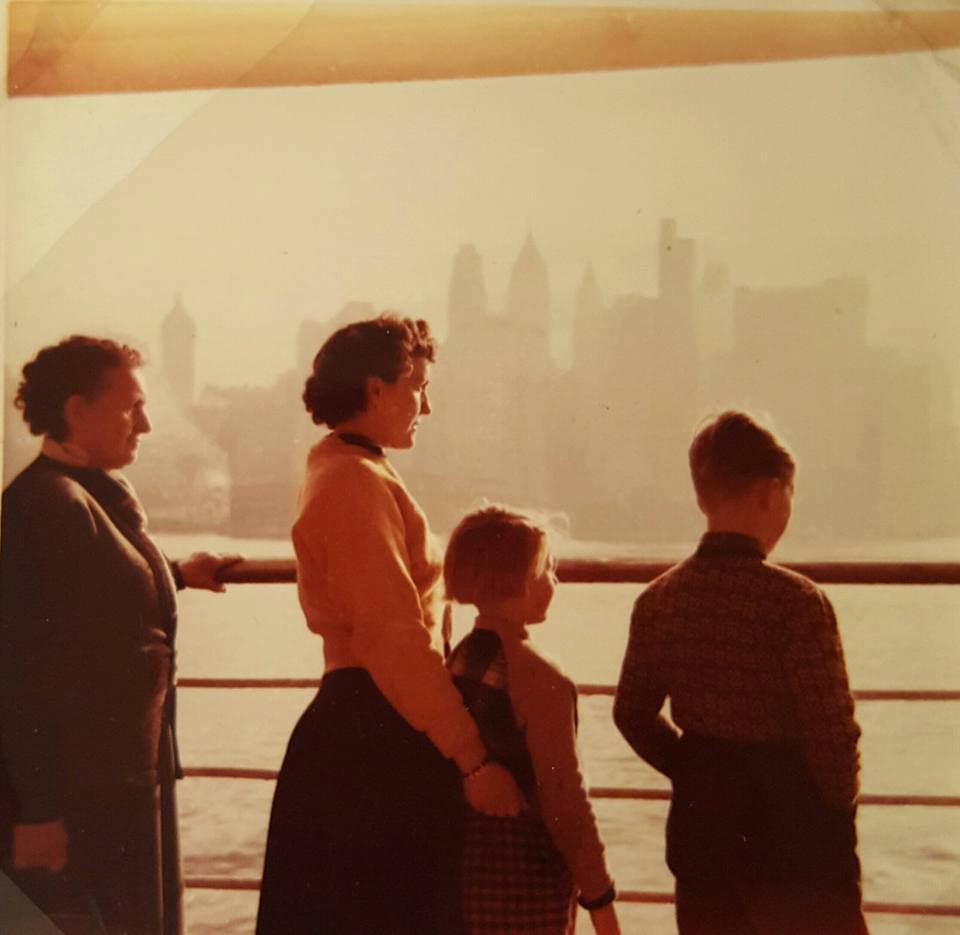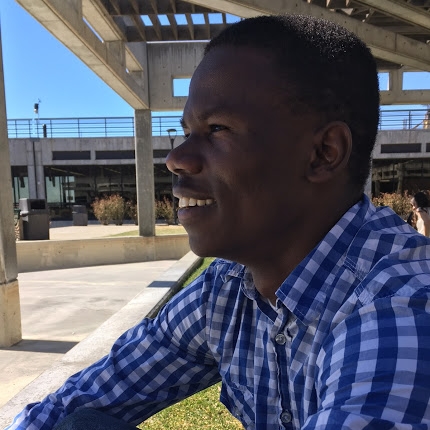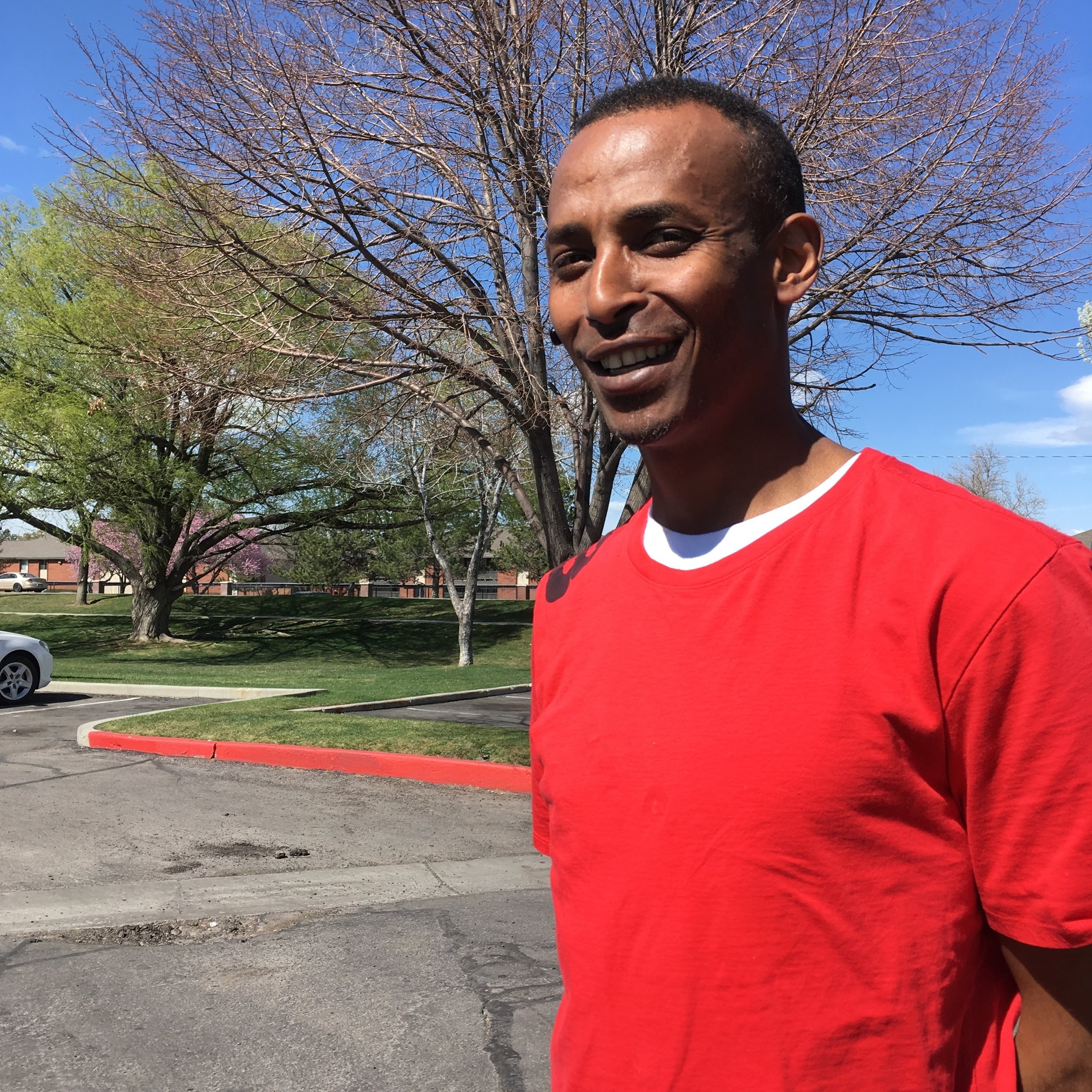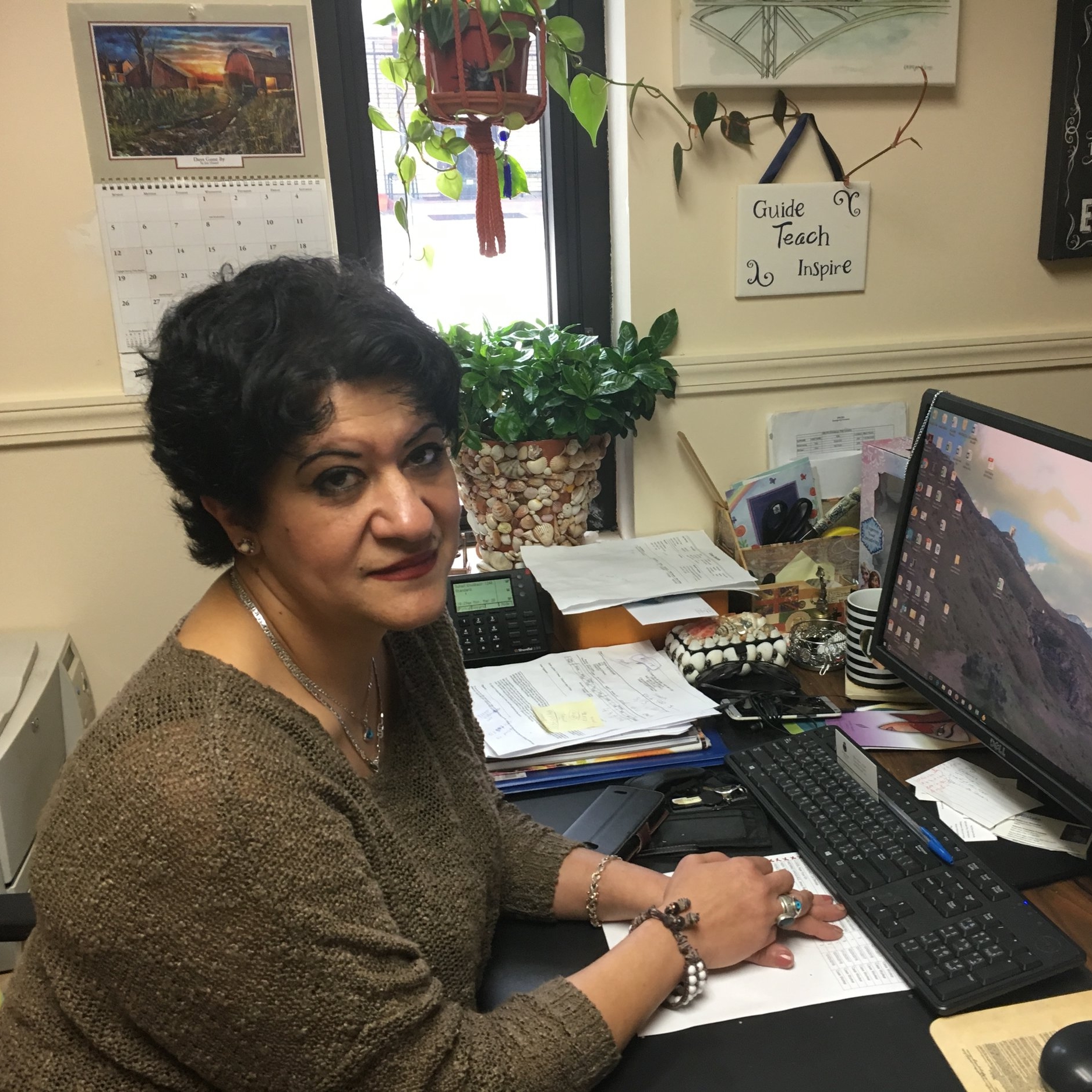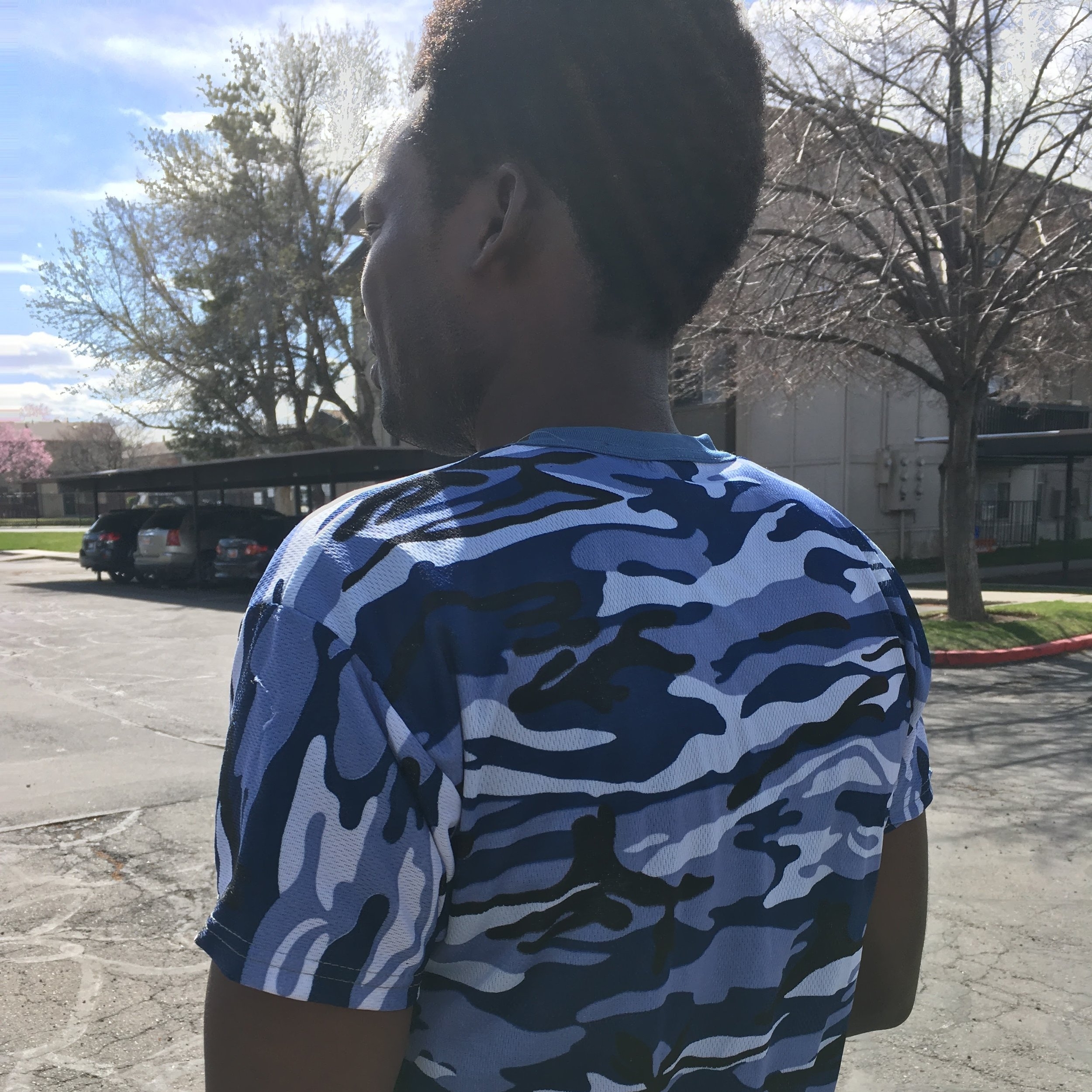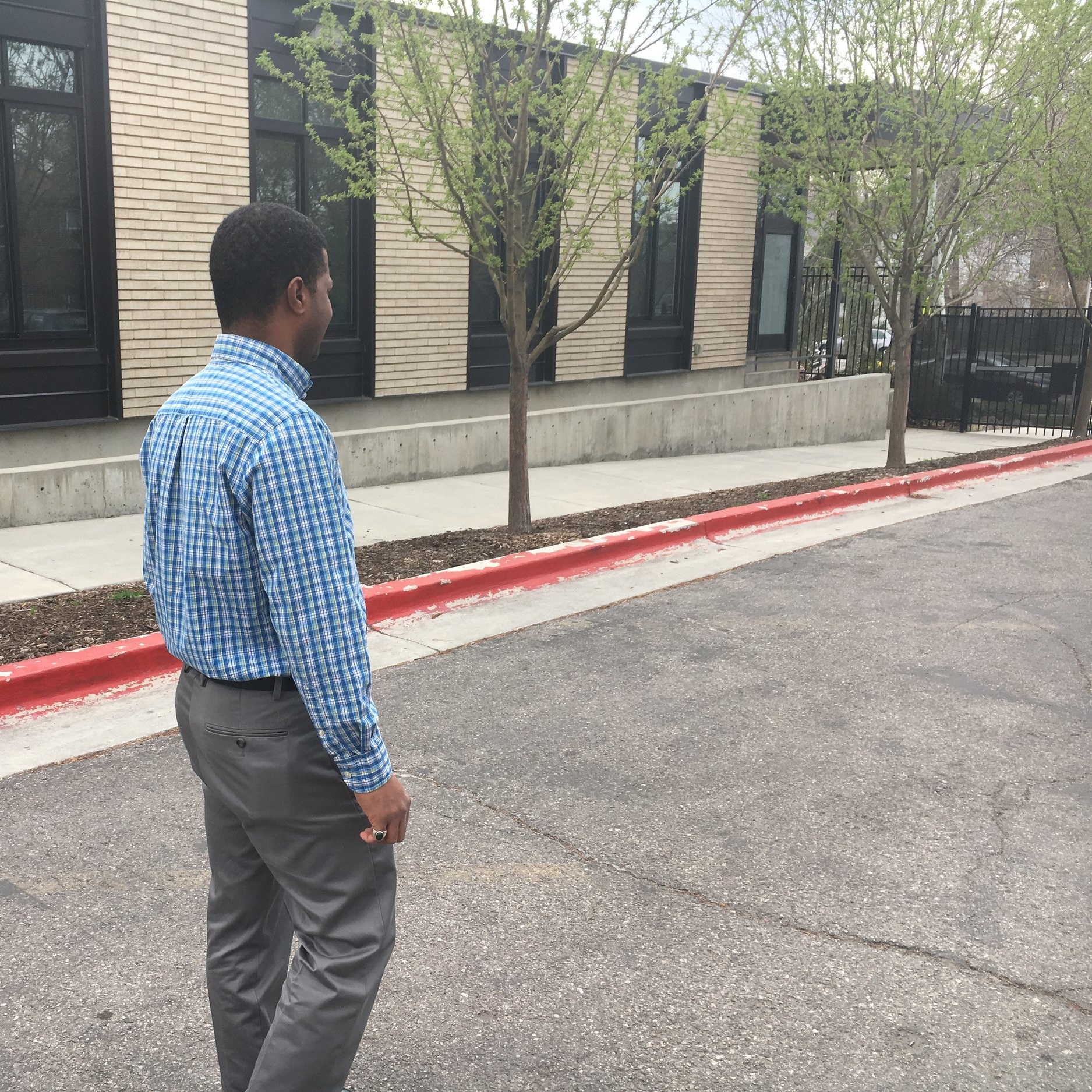“Over three million people were killed”
The Cambodian war lasted from 1967 to1975 when Khmer Rouge, followers of the Communist Party in Cambodia, began fighting with North Vietnam. The government leaders took people from their homes to the countryside, forced them to do hard labor, and even killed many. Khmer Rouge was not the only one causing grief; the Vietnamese killed and harmed a lot of their own people. Many say that Cambodians killed Cambodians, but that is not so: the Vietnamese killed Cambodians. In 1979, the Communist Vietnamese took over.
Many Vietnamese were coming into Cambodia and took over a lot of places and even tried to change the border and say it was Vietnamese land. Prime Minister Ho Chi Min let the Vietnamese people in. He signed an agreement with them and they became friends because the Prime Minister wanted to hold his office. Every five years they have an election, but the election was not real. The people did not vote for him; he would steal the ballets. He stayed in his job for 38 years, and it was terrible. The Vietnamese came into our country stealing jobs, forcing out two million Cambodians to find work in other countries such as Korea, Thailand, and Malaysia.
Over three million people were killed, and the phrase “killing field” was born. The leaders didn’t understand all the things they had done. They supported the Prime Minister as he followed what the Vietnamese told him to do. He didn’t care about his own people. The Prime Minister was given a house to live in and food to eat.
The Cambodian leaders did all kinds of bad things to our people. There are laws but the leaders did not obey the law. If someone spoke against the government, they would be jailed, killed, or missing. Many people were taken to the mountain, and they tried to escape because they had no food or water. It was very terrible.
My husband went missing before the Vietnamese came in 1979. The last time I saw him was in November of 1978 when the leaders were taking men to cut the trees in another province. I went to help the people harvest rice. After one o'clock I was going to our home to eat and asked my husband if he wanted to join me. He did not want to go because he was afraid of his leader. The Cambodian leader took a group of young men from one area to another to work cutting trees. They took only single people. My husband was young so they took him assuming he was single. He was scared so he didn’t say anything to stop them. He fell while working and was taken to the hospital. The one lady whose husband was with mine said that our husbands were all gone because the bus came and took them away. But later, I hear people in the village talking, they knew my husband and said he was in the hospital. My friend saw him asking for palm juice. He tried to get sugar from the palm tree. Our friend told him he could come every day to drink some juice. The next day he came again. After that, my friend did not see him anymore. Later, I found out that he was sick in the hospital. Maybe he died in the hospital. I went past that hospital all the time to go to the rice field, but I didn’t know that he was there.
Three months later, the Vietnamese came and took over.
__________
“I could not go back to the family because they lived 100 miles away.”
My four-year-old son was the only family member who came with me to America. My parents, brothers, sisters, nieces, and nephews are all still in Cambodia. I would like to move them to the United States, but I cannot sponsor all of them. So, they stayed in their country, and I went to the refugee camp in 1979. When the war broke out, I lived too far from my home town. I had to leave; I could not go back to the family because they lived 100 miles away, and I could not make the journey with my young son. The providence I lived in was close to Thailand, so I traveled 200-300 kilometers to the camp. My son was still young. I knew that my son and I could have food if we fled to the camp because the Red Cross was there. The first camp I lived at was on the border of Cambodia, and I was told they would give us rice to eat. My friend who had 12 children of his own told me that my son and I could flee with his family. He said, “You can come with us.” The family I traveled with made a handcart, and the little kids would take turns riding in the cart one or two at a time. We traveled for about two nights to our first camp.
I had to leave from one camp to the next because there was a lot of violence. I could not stay in the camp in Thailand because the fighting, bombing, killing was so dangerous. There was a better camp where pregnant and injured people and their families were sent. A lady I stayed with at the camp was pregnant and when they came to take her to the new camp she said, “This group of people is my family. If you take me, you have to take all these people.” I was in the group. A big bus came. We had stayed together at the first camp. I am not sure what happened to her. When we arrived at the new camp, they put me on a different block because I didn’t have a husband. They made a chateau for my son and me. If you had a husband, the husband can take care you. I had a different situation.
In the refugee camp, we couldn’t do anything. We were just waiting to come to a new country. I knew the language so I wrote my application and wrote some for my friends. Then you have an interview with the people from the United States. At the camp, I studied American culture, and I learned how they live here and the rules of the country. After three month in the second camp, I was able to come to the United States.
They take good care of you in the camp. You don’t want to get out of the camp. Outside the camp, it is not safe. They give you food. They had jobs in the camp, but I did not work. They have daycare, teachers, sewing classes. Some people try to go get a job as a teacher but the camp workers charged us $5-10 to find a job. I didn’t want to pay the money to get a job as a teacher.
__________
“Thousands of people came to celebrate my arrival.”
I was relocated to New York City the first time. I was brought over by an agency that provided a sponsor and mine lived in New York. I stayed in New York for seven to eight months. There are a lot of Cambodians in Lowell, Massachusetts and I knew one person in Lowell, so I moved there next.
When I came to Lowell, l I found a job working for a company that made products out of plastic. I started at $3.25 per hour. I worked one or two years, and then I change jobs multiple times. I retired five years ago.
I remarried 10 years after living in Lowell. My husband, formerly divorced, worked with a bunch of Cambodian people, and we had a mutual friend who introduced us. Before I got married I sent money to my family in Cambodia. After we got married we went back to visit. It had been 20 years since I had left my family. Where my family lived during the war was not great but so-so. Some people were killed, sick, and did not have a lot of food. I lost one brother during that time. My younger brother was a soldier in Khmer Rouge. They gave him a job, and he was fighting. At the time, the American people supported South Vietnam in their fight against North Vietnam. My younger brother died. My father had five kids. He was not a rich man but he sent all the kids to school; my sister is the only one not educated. She worked to provide for the family, so we could go to school. When I came to America, I would send money back to my family, and they knew I was still alive. I went to visit them every two to three years after I was married.
When I went back to visit Cambodia, thousands of people came to celebrate my arrival. Many people in my town didn’t think I was alive. They thought maybe I died.
I made a tomb for the ash of my father who died before I went to see the family. My mother also passed 10 years ago.
__________
From:Cambodia
Refugee Camp: Kaoidang Camp & Kamput Camp
Current Location: Utah
Family: Husband, son, daughter-in-law, grandkids
Age: 33 when she came to America (now in her 80’s)




